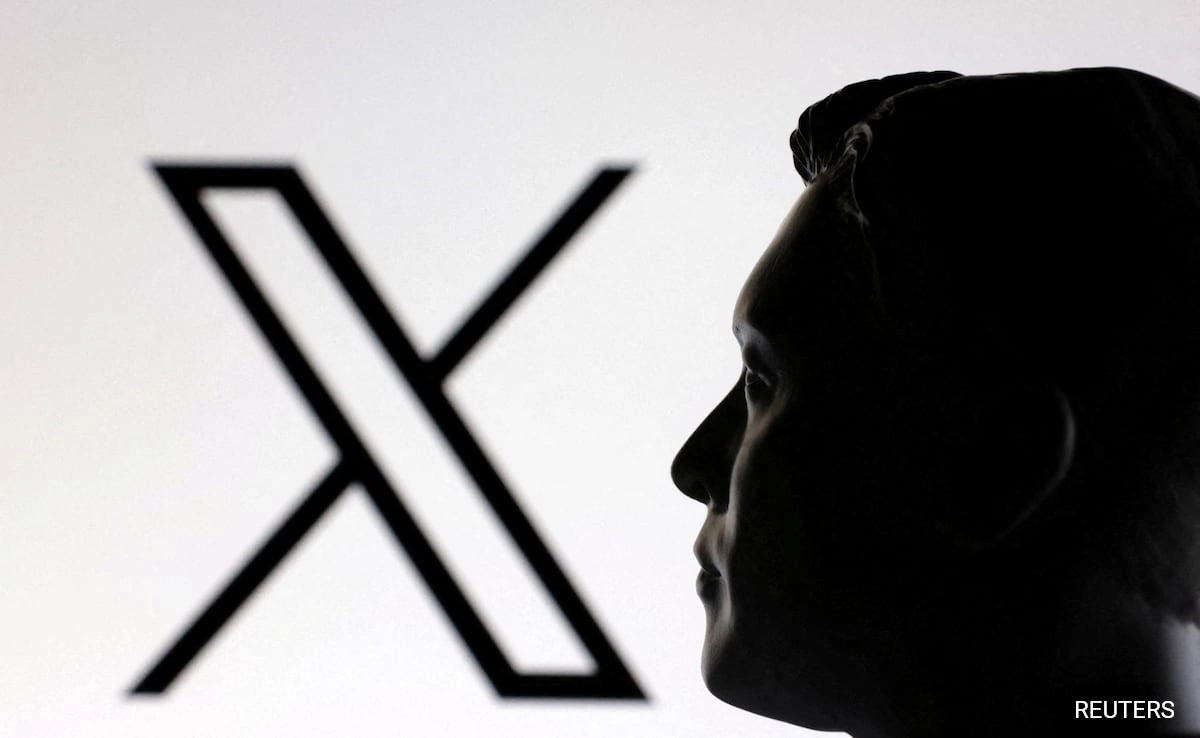On a recent day, a significant number of users in the United States experienced disruptions with the social media platform X, formerly known as Twitter. Reports indicated that over 15,000 individuals encountered issues accessing the platform, leading to widespread frustration among its users. This outage not only affected casual users but also businesses that rely on X for communication and marketing purposes. The sudden unavailability of a platform that plays a vital role in news dissemination and social interaction raised concerns about the reliability of digital communication channels.
The issues reported varied, with many users unable to log in or experiencing slow loading times. As the situation unfolded, X acknowledged the problems and began investigating the cause of the outage. The timing of such disruptions is particularly critical, as social media platforms are often used to share real-time updates and engage with audiences. For many, X serves as a primary source for news and community updates, amplifying the impact of such outages on public discourse and information flow.
In the wake of the incident, users took to alternative platforms to express their frustrations and seek updates on the situation. The response from X’s support team was swift, as they aimed to reassure users that they were working diligently to resolve the issues. However, the outage highlighted the vulnerability of digital communication infrastructures and the potential repercussions of service interruptions in an increasingly interconnected world. As users await a full resolution, discussions around platform reliability and user trust are likely to intensify, prompting a closer examination of how social media platforms manage outages and communicate with their user base during crises.




